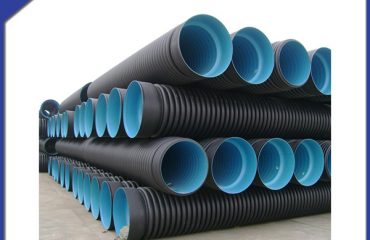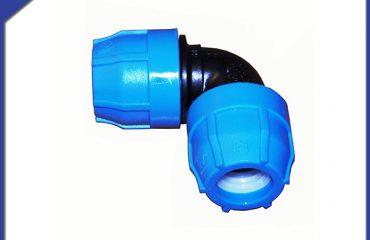
Stainless steel flange should be sufficient strength, fastening when not deformed, flange sealing surface should be flat clean, installation to carefully clean up oil and rust. GASKET should have good oil resistance and anti-aging performance, as well as better elasticity and mechanical strength, the installation should be based on the shape of the joint selection of different sections and sizes of the gasket, and placed correctly. Stainless steel flange fastening force should be uniform, plastic cushion compression should be controlled at about 1/3. The stainless steel flange should be carried out according to the standard principle and the way, to ensure the use of quality and value, according to normal standard use and installation.
Usually we use stainless steel flange, it is the common lathe to produce the flange, there will be some positive and negative error. People are called theoretical weight, at present, the domestic general use of theoretical weight as the flange standard. In addition, can also use the Chemical department flange standard, stainless steel flange weight calculation and formula calculation as follows:
- General Flange Weight Calculation:
(OD * Outside diameter-Inner diameter * diameter-bolt aperture * bolt aperture * bolt hole number) * Thickness * 0.623 * 0.0001 = Stainless steel flange theoretical weight.
2, Plate flange weight Calculation formula is as follows:
(OD * od-Inner diameter * Bore diameter * aperture * hole number) * Thickness * 0.616 * 0.00001
Description: 7.93 is the metal density of stainless steel, different grades of stainless steel have different densities, this value is more commonly used average density value, rough calculation can be used in this quantity, to calculate more accurate to query the relevant data.
3, The welding flange weight calculation formula is as follows: On the part of the welding we are called the size of the head, the big head attached to the flange, the small part is connected to be welded up.
 Language
Language Espanol
Espanol English
English Italian
Italian عربى
عربى
 Skype: chinamaker99
Skype: chinamaker99  Tel: 86-316-5120812
Tel: 86-316-5120812  Email:
Email:  Whatsapp:
Whatsapp: 
